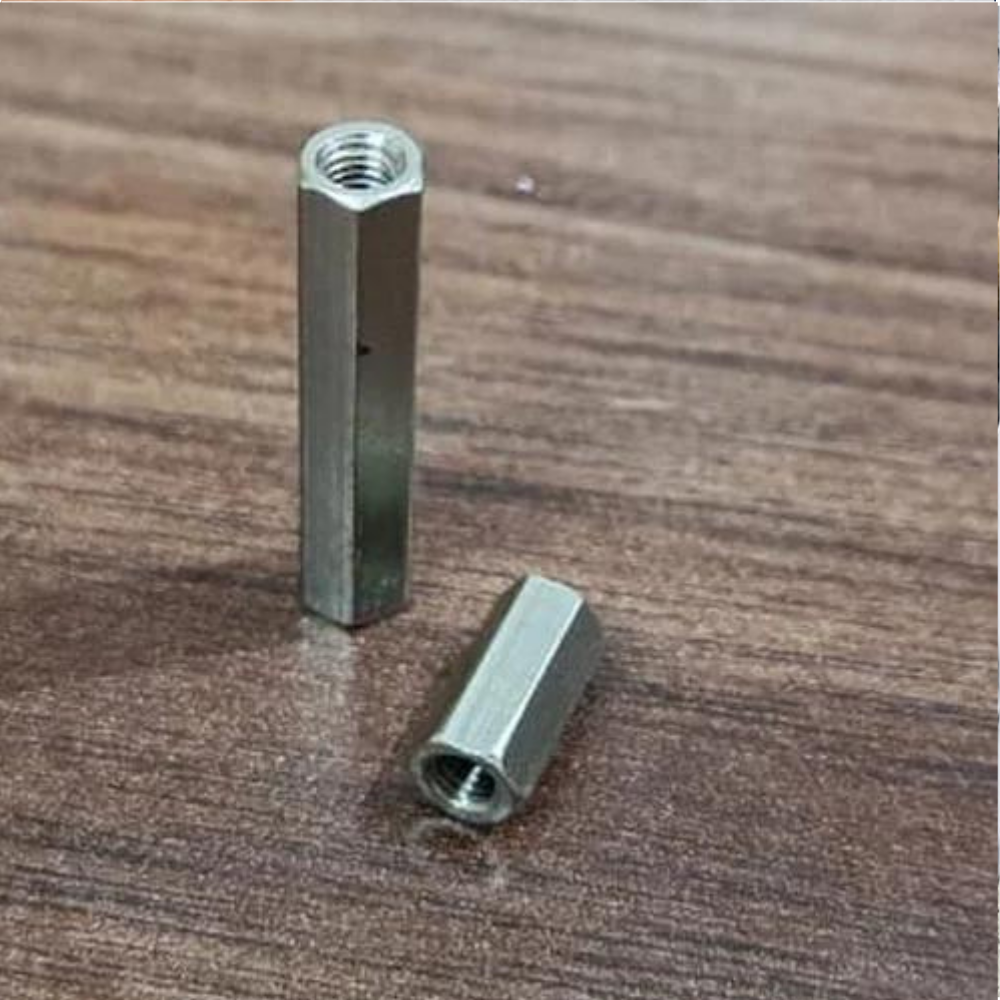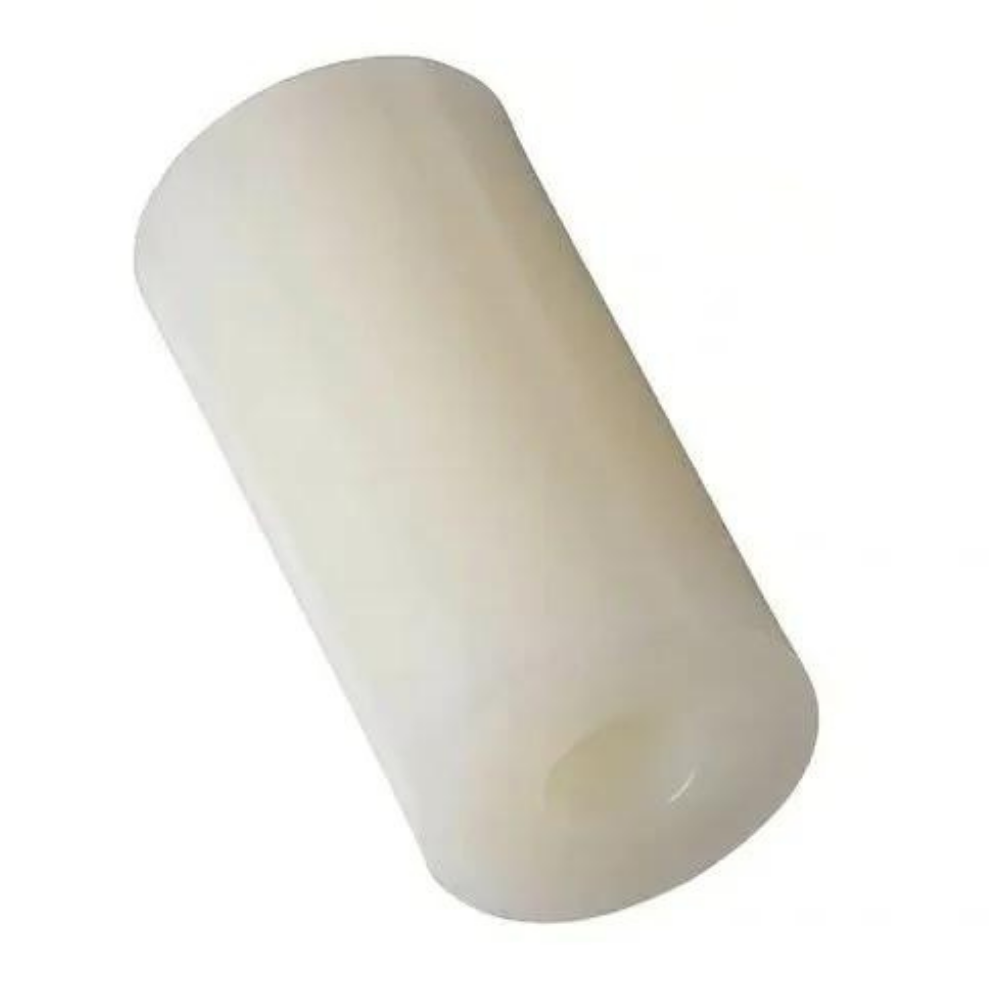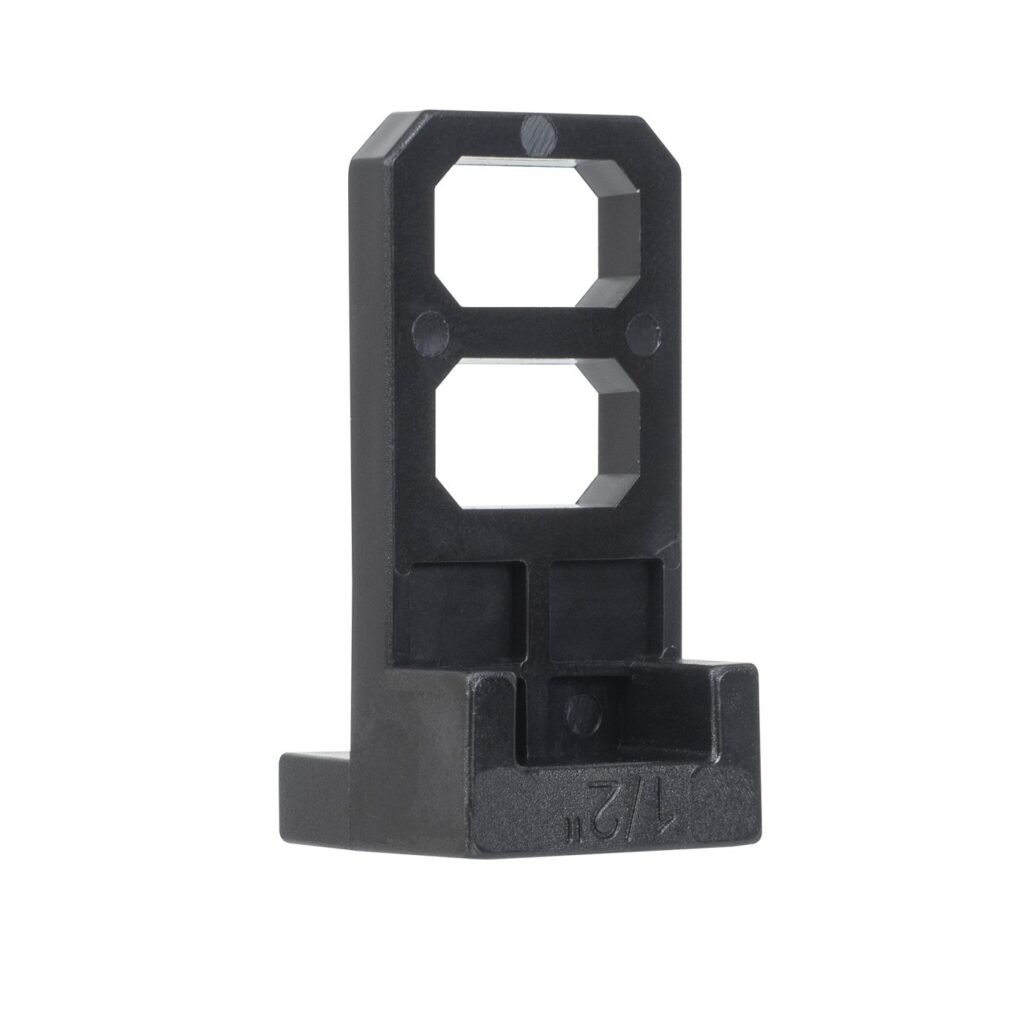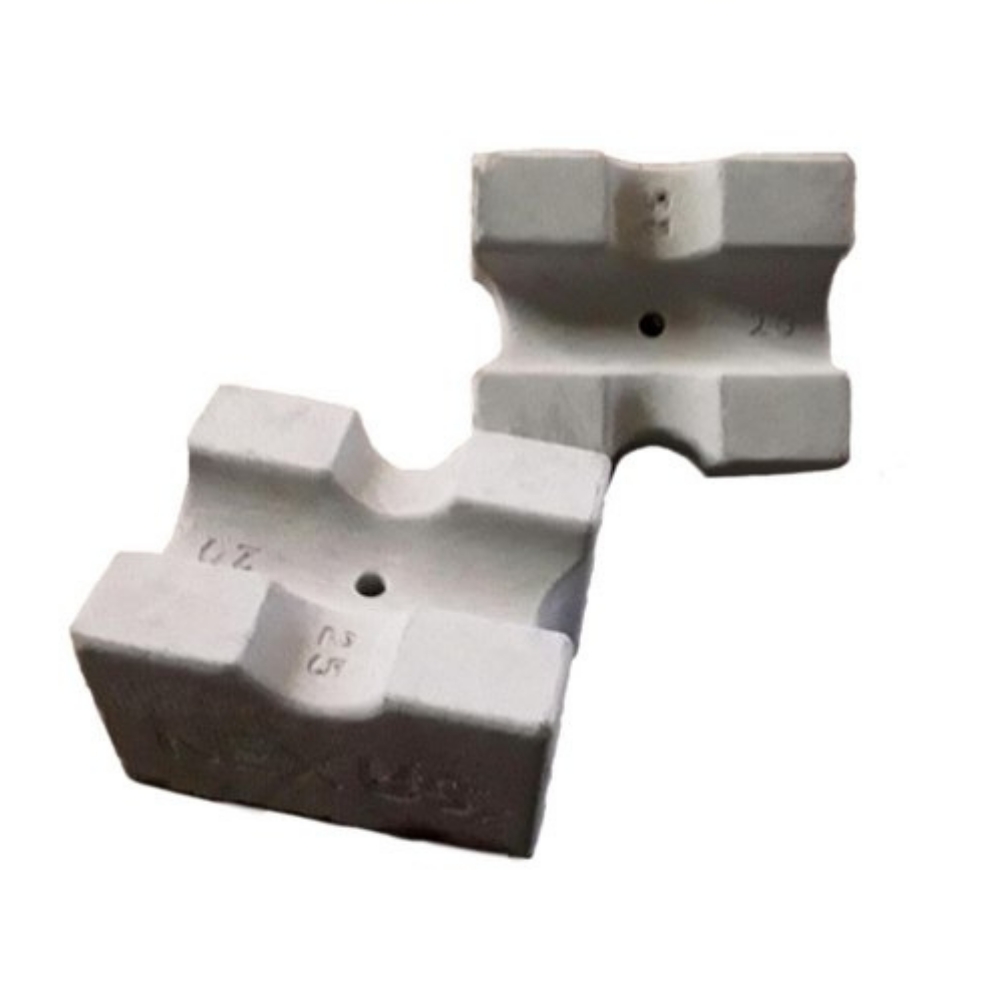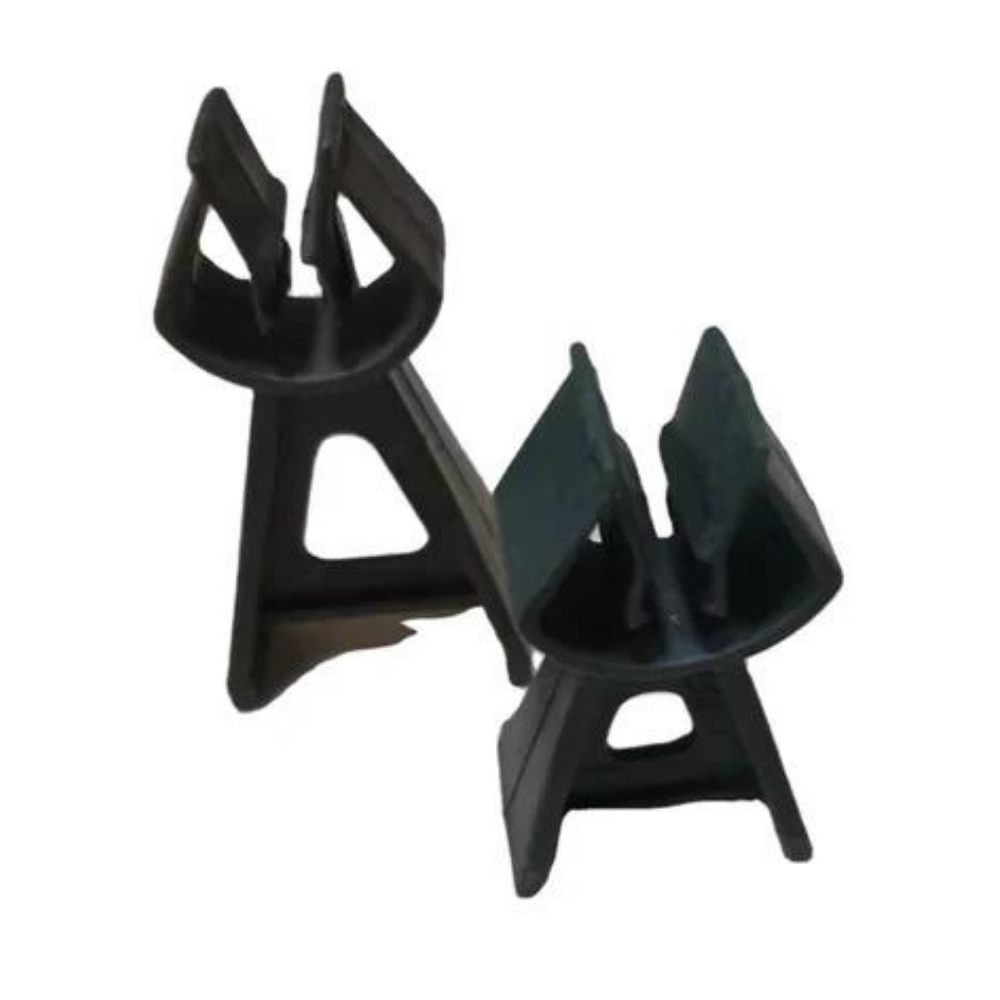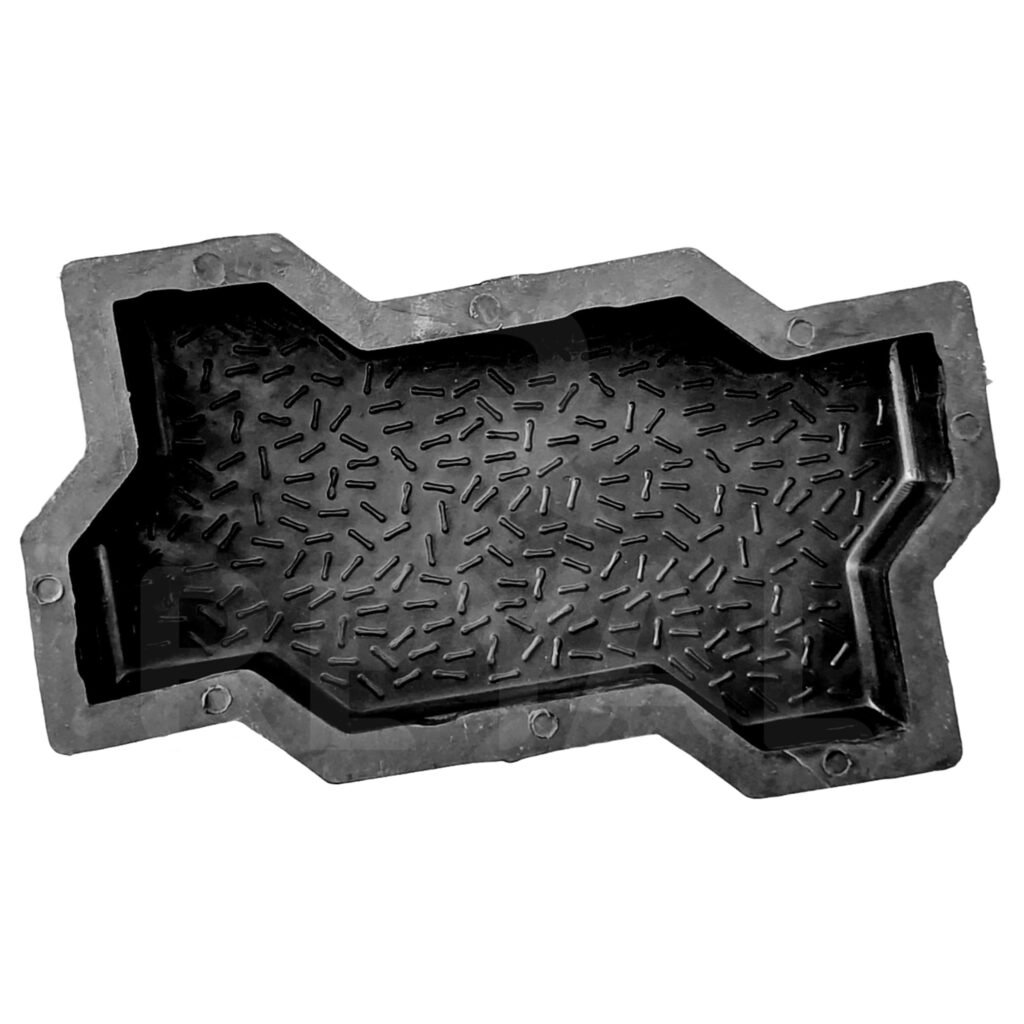Material Composition: Expansion joint spacers can be made from various materials, including rubber, neoprene, PVC (polyvinyl chloride), or other elastomers. The choice of material depends on factors such as flexibility, durability, and resistance to weathering.
Shapes and Sizes: These spacers come in different shapes, such as strips, pads, or blocks, and are available in various sizes to suit different construction needs.
Load-Bearing Capacity: Expansion joint spacers are engineered to bear loads while providing flexibility. The load-bearing capacity depends on the specific design and material properties.
Aesthetics: Some expansion joint spacers are designed with aesthetics in mind, ensuring that the joints contribute to the overall appearance of the structure.
